How to Choose the Right Dog Bowl for Your Pet
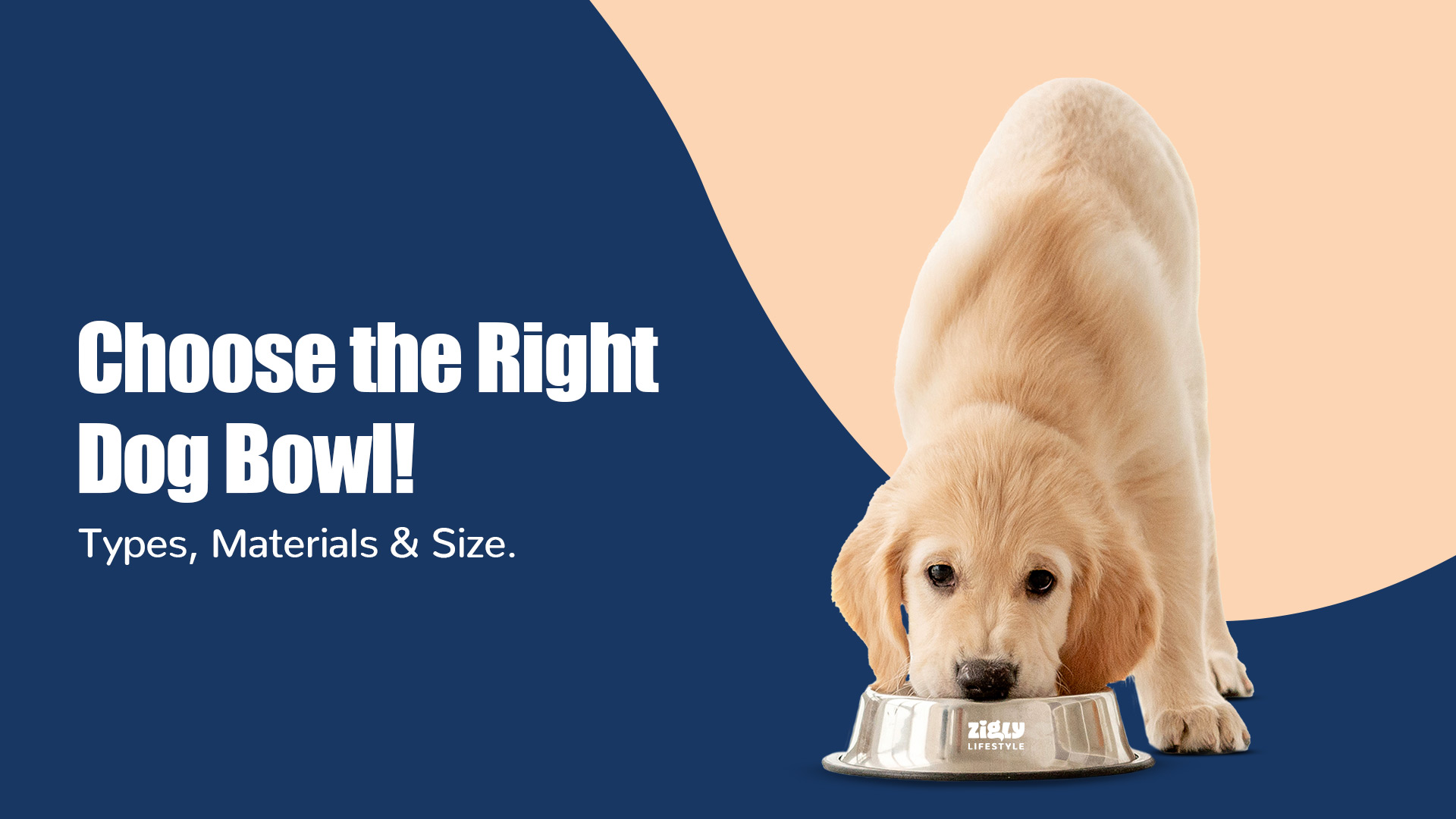
Why Choosing the Right Dog Bowl Matters
The Importance of a Proper Feeding Bowl
A dog bowl is more than just a container for food and water—it plays a crucial role in your pet’s overall well-being. The right dog food bowls and dog water bowls ensure that your pet eats comfortably, maintains good posture, and avoids common health issues like bloating or digestion problems. Additionally, a high-quality bowl minimizes mess and promotes better hygiene, making mealtime enjoyable for both you and your furry companion.
How the Right Bowl Can Improve Your Dog’s Health
Using the right dog bowls can have a direct impact on your pet’s health. For instance, dog bowls for large dogs with an elevated design can help prevent strain on the neck and joints, making them ideal for senior dogs or breeds prone to arthritis. Materials like stainless steel dog bowls and ceramic pet bowls are safe, easy to clean, and help prevent bacterial buildup, reducing the risk of infections. Choosing an appropriate bowl also ensures proper portion control, preventing overeating and obesity in dogs.
Types of Dog Bowls: Pros and Cons
With so many dog bowls available, choosing the right one can be overwhelming. From standard dog food bowls and dog water bowls to specialized designs like slow feeders and elevated stands, each type serves a different purpose. Factors like durability, hygiene, and your dog’s eating style play a crucial role in selecting the best fit. Whether you need dog bowls for large dogs, a spill-proof option, or a stylish ceramic pet bowl, understanding the pros and cons of each type will help you make the best decision for your furry friend.
Standard Dog Bowls vs. Specialized Bowls
When selecting the best dog bowls for your pet, it’s important to understand the difference between standard bowls and specialized ones.
- Standard Dog Bowls: These are basic dog food bowls and dog water bowls made from materials like plastic, stainless steel, or ceramic. While they are widely available and affordable, not all of them offer features that cater to specific dog needs.
- Specialized Dog Bowls: Designed for particular eating behaviors and health concerns, specialized bowls can enhance mealtime experience and promote better health. Some popular types include:
- Slow Feeder Bowls: Great for dogs that eat too fast, these bowls prevent choking and improve digestion.
- Elevated Dog Bowls: Ideal for senior dogs and large breeds, these dog bowls for large dogs reduce neck strain and aid digestion.
- Anti-Skid Bowls: These come with rubber bases to prevent sliding, making them perfect for excited eaters.
- Automatic Water Bowls: These ensure a steady flow of fresh water, keeping your pup hydrated all day.
Each type serves a unique purpose, so choosing the right one depends on your dog’s size, eating habits, and health needs.
Read More - Dog Overweight Problems
Choosing Between Dog Food Bowls and Dog Water Bowls
While both dog food bowls and dog water bowls are essential, they serve different purposes and should be chosen accordingly.
- Dog Food Bowls: These should be sturdy, easy to clean, and suited to your pet’s eating speed. Stainless steel dog bowls are a top choice as they are durable, rust-resistant, and dishwasher-safe. If you prefer a stylish option, ceramic pet bowls offer a sleek, non-toxic alternative that stays cool and is easy to maintain.
- Dog Water Bowls: Hydration is just as important as nutrition. Dog water bowls should have a large enough capacity to ensure fresh water is available at all times. Some pet parents opt for self-refilling water dispensers to keep their furry friends hydrated throughout the day.
Understanding the difference between these bowls will help you make the best choice for your pet’s feeding and drinking routine.
Best Dog Bowls for Different Dog Sizes
Finding the perfect dog bowls isn’t a one-size-fits-all decision. The right dog food bowls and dog water bowls should match your pet’s size, breed, and eating habits. A bowl that’s too deep for a small dog or too shallow for a large breed can cause discomfort and even health issues. Whether you need dog bowls for large dogs, compact options for small breeds, or easy-access bowls for puppies and seniors, choosing the right size makes mealtime more enjoyable and stress-free.
Small vs. Large Dog Bowls: What’s the Difference?
The size of your dog determines the type of bowl they need.
- Small Dog Bowls: Smaller breeds like Chihuahuas or Pugs need shallow dog food bowls and dog water bowls that allow easy access to their food without straining their necks. Lightweight ceramic pet bowls work well for these dogs, offering stability without being too deep.
- Large Dog Bowls: Bigger breeds such as Golden Retrievers and Great Danes require dog bowls for large dogs that hold more food and water. Deep bowls or elevated stainless steel dog bowls can help them eat comfortably without bending too much.
Using a properly sized bowl prevents spillage, discomfort, and even digestive issues in dogs of all sizes.
Dog Bowls for Large Dogs: Key Features to Consider
When choosing the best dog bowls for large dogs, look for features that ensure comfort and practicality:
- Elevated Design: Raised bowls reduce strain on the neck and joints, making them ideal for large and senior dogs.
- Heavy-Duty Material: Stainless steel dog bowls are the best option as they are durable, rust-resistant, and easy to clean.
- Non-Skid Base: Large dogs can be messy eaters, so a bowl with a rubberized base helps prevent slipping and spills.
- Extra Capacity: Bigger dogs drink more water and eat larger portions, so opt for deep dog food bowls and dog water bowls to accommodate their needs.
Choosing a well-designed bowl ensures your large dog eats comfortably while maintaining good posture and digestion.
Also Read - Puppy Potty Training Guide
Best Bowls for Puppies and Senior Dogs
Both puppies and senior dogs have special feeding needs, making bowl selection crucial for their health and comfort.
- For Puppies: Puppies are playful eaters, often tipping their bowls. Sturdy ceramic pet bowls or weighted stainless steel dog bowls are great for preventing spills. Slow feeder bowls can also help puppies learn to eat at a healthy pace.
- For Senior Dogs: Older dogs may struggle with mobility issues, so elevated dog bowls reduce strain on their joints and make eating easier. Non-slip bases help keep bowls steady, preventing unnecessary stress on their bodies.
Selecting the right bowl for your dog's size and life stage ensures a hassle-free, comfortable mealtime experience.
Material Matters: Finding the Right Bowl for Your Dog
The material of your dog bowls plays a huge role in durability, hygiene, and your pet’s overall health. While stainless steel dog bowls, ceramic pet bowls, and plastic or silicone options all serve the same basic function, they differ in safety, ease of cleaning, and longevity. Choosing the right material ensures your dog’s food bowls and water bowls remain safe, sturdy, and mess-free.
Stainless Steel Dog Bowls: Benefits and Features
Stainless steel dog bowls are a top choice for pet parents due to their durability and hygiene.
- Rust-Resistant and Long-Lasting – Unlike plastic bowls, stainless steel does not wear down over time.
- Easy to Clean and Bacteria-Resistant – It does not absorb odors or bacteria, making it one of the most hygienic choices. Most stainless steel bowls are also dishwasher-safe.
- Perfect for All Dog Sizes – From small pups to dog bowls for large dogs, stainless steel options come in various sizes, including elevated designs for added comfort.
- Non-Tip and Non-Slip Options – Many come with rubberized bases to prevent slipping, making them great for energetic eaters.
If you’re looking for a long-lasting, low-maintenance, and safe feeding option, stainless steel dog bowls are an excellent investment.
Ceramic Pet Bowls: Are They a Good Choice?
Ceramic pet bowls offer a blend of style and functionality.
- Aesthetic and Customizable – Available in various colors and patterns, they add a decorative touch to your pet’s feeding area.
- Heavy and Stable – Unlike lightweight plastic bowls, ceramic pet bowls are difficult to tip over, making them ideal for excitable eaters.
- Safe and Non-Toxic – High-quality ceramic bowls are coated with a food-safe glaze that prevents bacteria buildup and keeps food fresh.
- Breakable and Requires Careful Handling – While ceramic is durable, it can crack or chip if dropped, posing a safety risk. Always check for chips to avoid your pet ingesting small fragments.
For pet parents who want a stylish yet functional choice, ceramic pet bowls are a great option, provided they are handled with care.
Plastic vs. Silicone Bowls: Pros and Cons
Plastic and silicone dog bowls are lightweight and widely available, but they have their own advantages and disadvantages.
- Plastic Dog Bowls
- Affordable and available in a variety of designs
- Lightweight and easy to move
- Prone to scratches that harbor bacteria
- Can cause allergic reactions in some dogs
- Less durable compared to stainless steel dog bowls
- Silicone Dog Bowls
- Lightweight and collapsible, making them ideal for travel
- Non-toxic and easy to clean
- Heat-resistant and safe for food contact
- Less durable than stainless steel dog bowls
- Can be chewed or damaged by aggressive eaters
While plastic and silicone bowls may work as temporary solutions or travel options, they are not the best long-term choice for hygiene and durability. Opting for stainless steel dog bowls or ceramic pet bowls ensures a safer and more lasting feeding experience.
Special Features to Consider in a Dog Bowl
Beyond material and size, the best dog bowls come with special features that enhance mealtime for both pets and owners. Whether you need a non-slip dog food bowl to prevent messes, an elevated dog bowl for better posture, or a slow feeder bowl to curb fast eating, selecting the right features ensures your pet eats comfortably and safely.
Non-Slip and Spill-Proof Bowls
For energetic eaters who push their bowls around, non-slip dog bowls are essential. These bowls come with rubber or silicone bases that keep them firmly in place, preventing spills and messes.
- Ideal for All Dogs – Whether you have a playful puppy or a large breed, non-slip dog food bowls and dog water bowls ensure a stable mealtime experience.
- Less Cleanup – No more chasing bowls across the floor or wiping up water spills after every meal.
- Available in Durable Materials – Many stainless steel dog bowls and ceramic pet bowls come with non-slip bases for added convenience.
If your dog tends to knock over their food or water, a spill-proof dog bowl is a great investment for a cleaner feeding area.
Elevated and Adjustable Dog Bowls
For larger breeds and senior dogs, elevated dog bowls provide better comfort while eating. These bowls sit on a raised stand, reducing strain on the neck, joints, and spine.
- Perfect for Large and Senior Dogs – Dog bowls for large dogs should be elevated to promote better posture and digestion.
- Reduces Strain – Adjustable height settings allow you to customize the bowl’s position based on your dog’s size and needs.
- Minimizes Mess – Many elevated stands also have built-in non-slip features to keep bowls in place.
If your dog struggles with bending down while eating, an adjustable dog food bowl can make mealtime more comfortable and stress-free.
Slow Feeder Bowls for Fast Eaters
Some dogs tend to eat too quickly, leading to bloating, choking, and digestive issues. Slow feeder bowls are designed to slow down eating by adding ridges and patterns inside the bowl.
- Prevents Health Issues – Fast eating can cause bloating and indigestion. A slow feeder dog bowl forces dogs to eat at a safer pace.
- Engages Your Dog Mentally – The unique design makes mealtime more interactive and enjoyable.
- Available in Various Materials – While plastic is common, you can also find stainless steel slow feeder dog bowls for added durability.
FAQs
1. What is the best material for dog bowls?
The best material for dog bowls depends on durability, hygiene, and safety. Stainless steel dog bowls are widely recommended due to their rust resistance, easy cleaning, and non-porous surface that prevents bacterial buildup. Ceramic pet bowls are another great option, offering a stylish and sturdy alternative, though they require careful handling to prevent chipping. Plastic bowls are lightweight and affordable but prone to scratches that can trap bacteria, making them less ideal for long-term use.
2. Should I get a separate bowl for food and water?
Yes, it’s best to have separate dog food bowls and dog water bowls to maintain hygiene and convenience. Water should always be available, and a dedicated dog water bowl ensures your pet stays hydrated throughout the day. Having separate bowls also prevents food particles from contaminating the water, keeping it fresh for longer.
3. Are stainless steel dog bowls better than plastic ones?
Yes, stainless steel dog bowls are a superior choice compared to plastic bowls. They are more durable, resistant to bacteria, and easier to clean. Plastic bowls, on the other hand, can develop scratches over time, creating spaces for bacteria to grow. Some dogs may also develop allergies or sensitivities to plastic, making stainless steel dog bowls a safer and more hygienic option.
4. Do large dogs need elevated bowls?
Yes, dog bowls for large dogs are often better when elevated. Elevated dog food bowls help reduce strain on the neck, back, and joints, making them ideal for senior dogs and large breeds prone to joint issues. They also promote better digestion by encouraging a more natural eating posture. However, for dogs prone to bloating (like deep-chested breeds), consult your vet before using an elevated bowl.
5. How often should I clean my dog’s bowl?
Dog bowls should be cleaned daily to prevent bacteria buildup and keep your pet’s food and water safe. Stainless steel dog bowls and ceramic pet bowls are easy to clean and can be washed with warm, soapy water or placed in the dishwasher. Dog water bowls should be refilled and rinsed frequently to ensure your pet always has access to fresh, clean water.







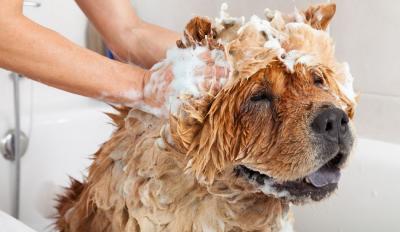
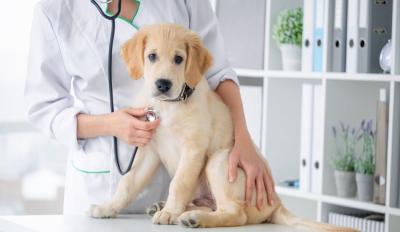
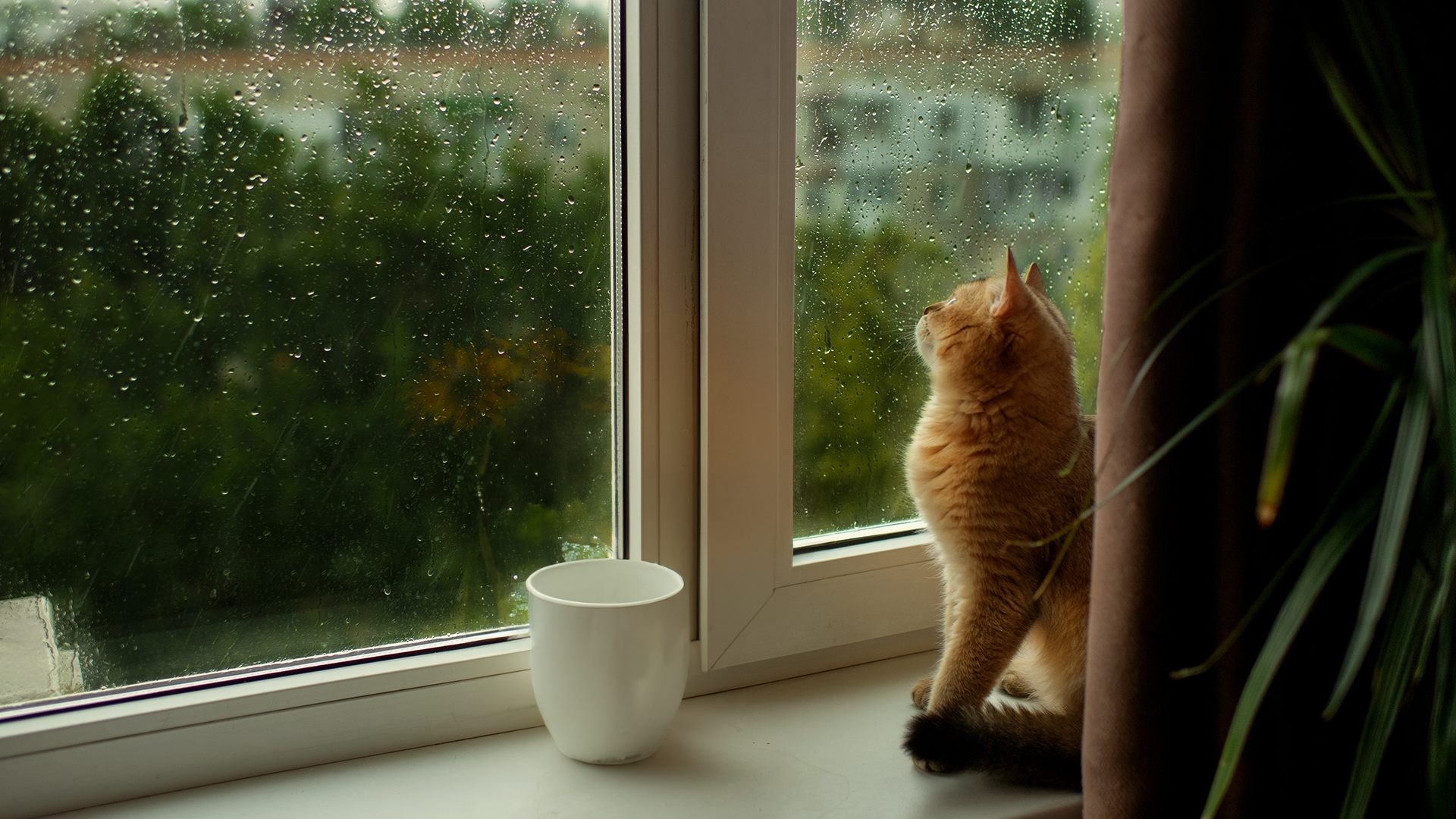
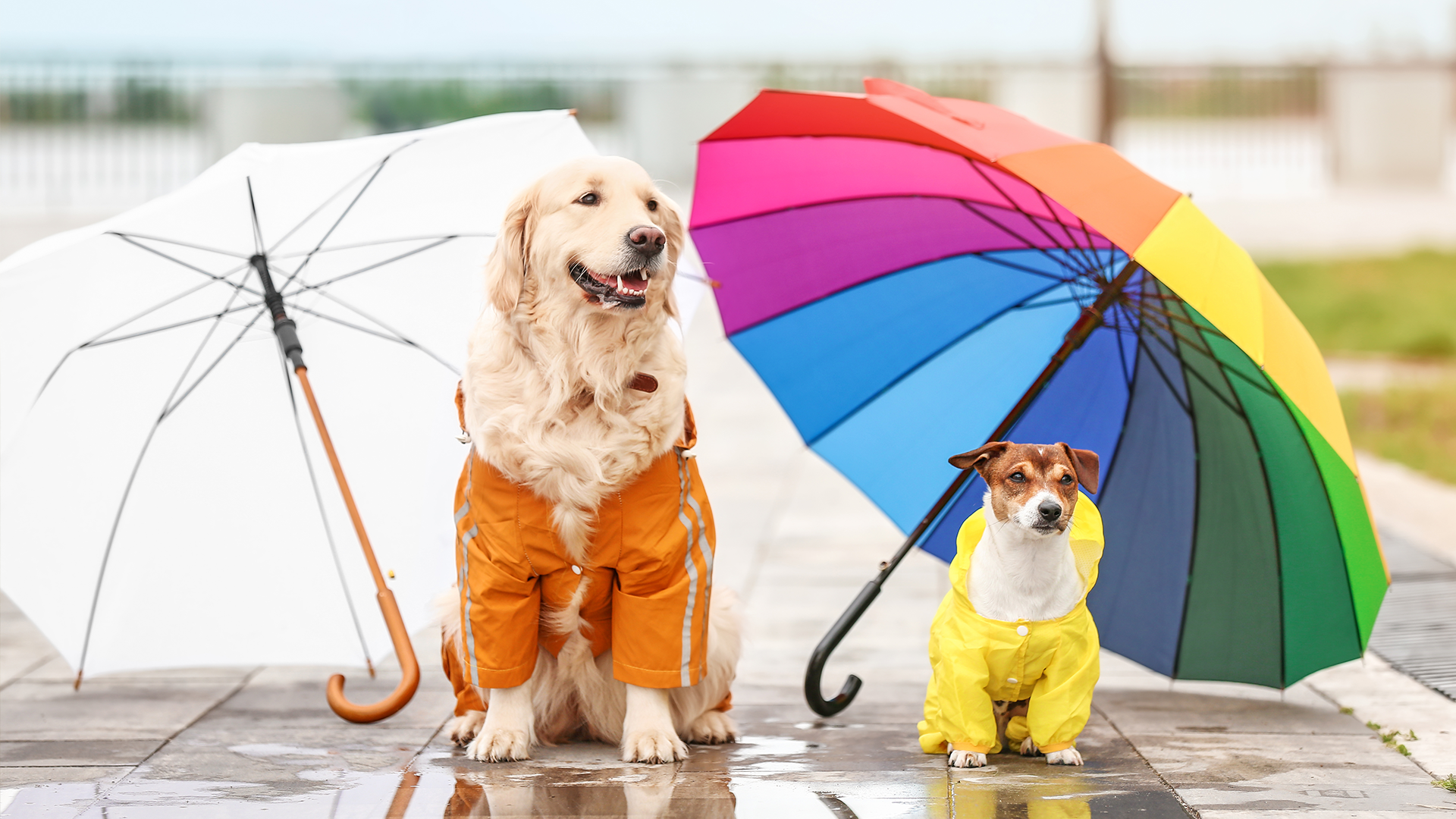


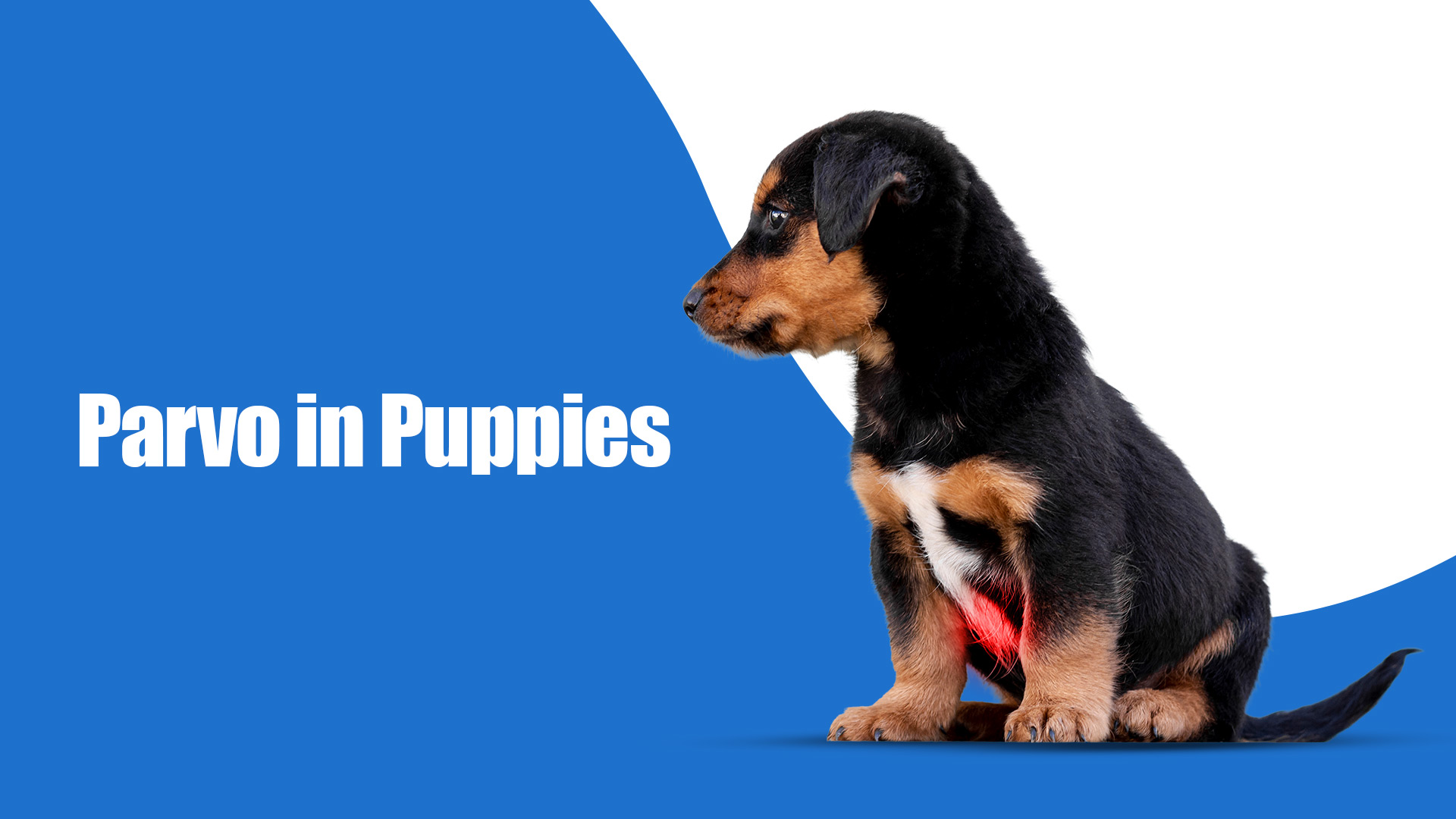

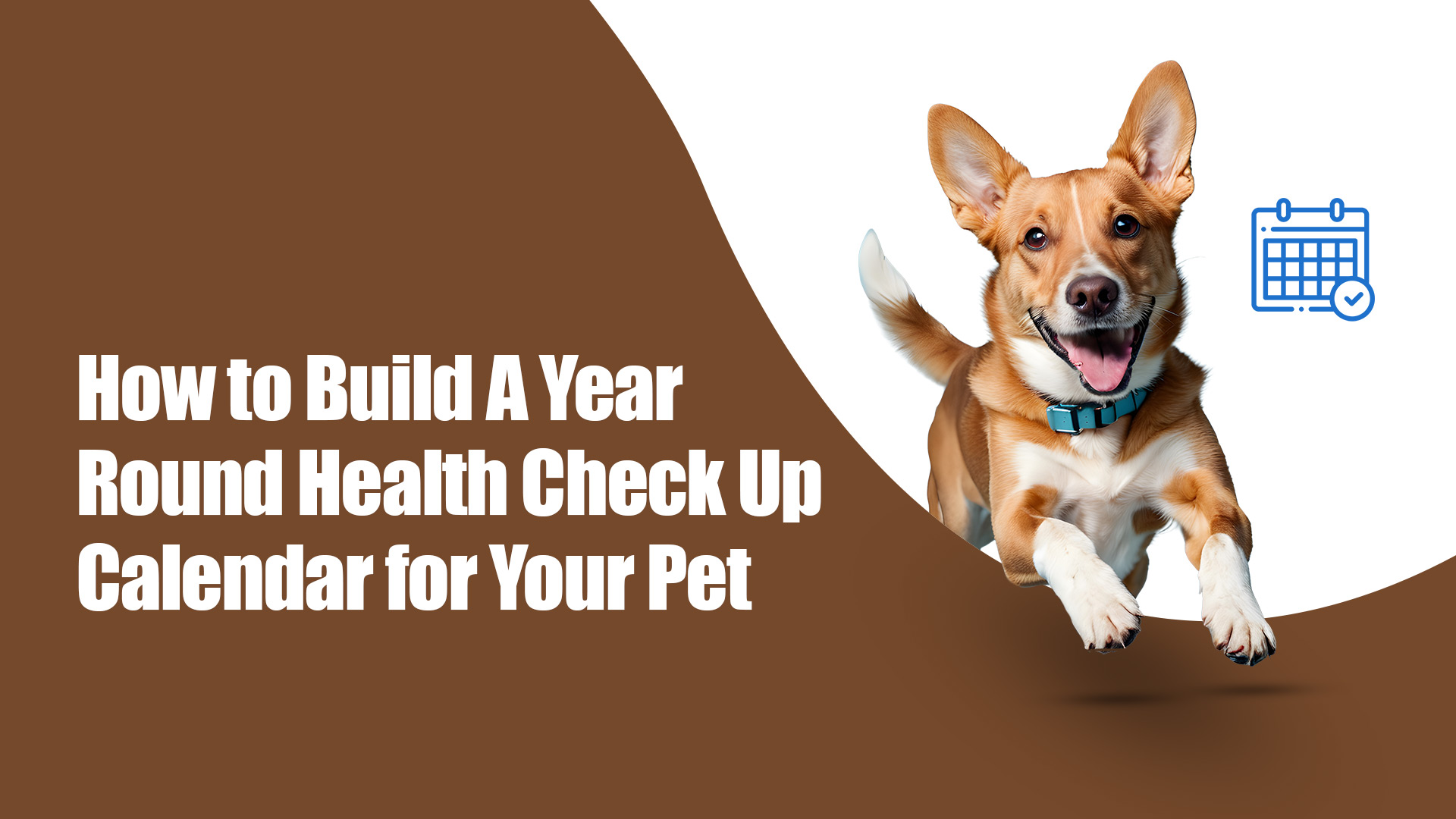


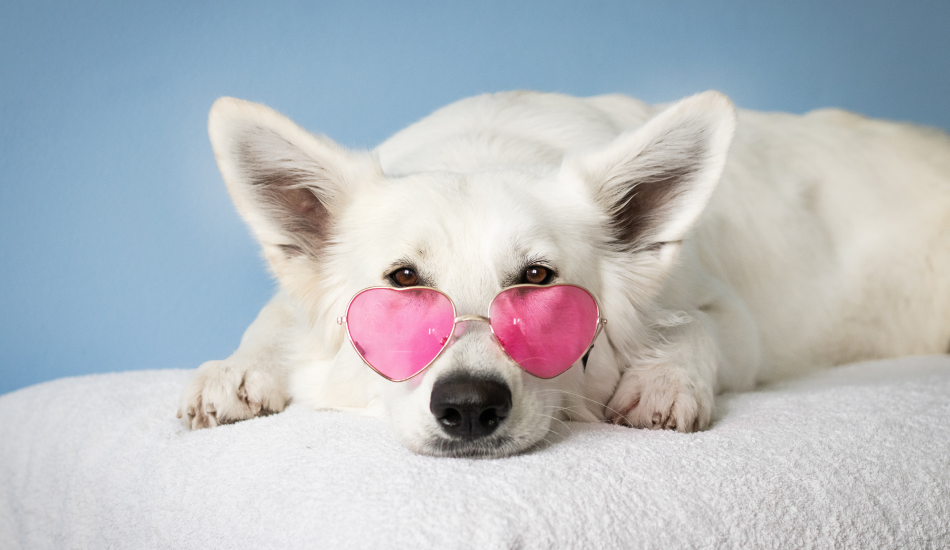
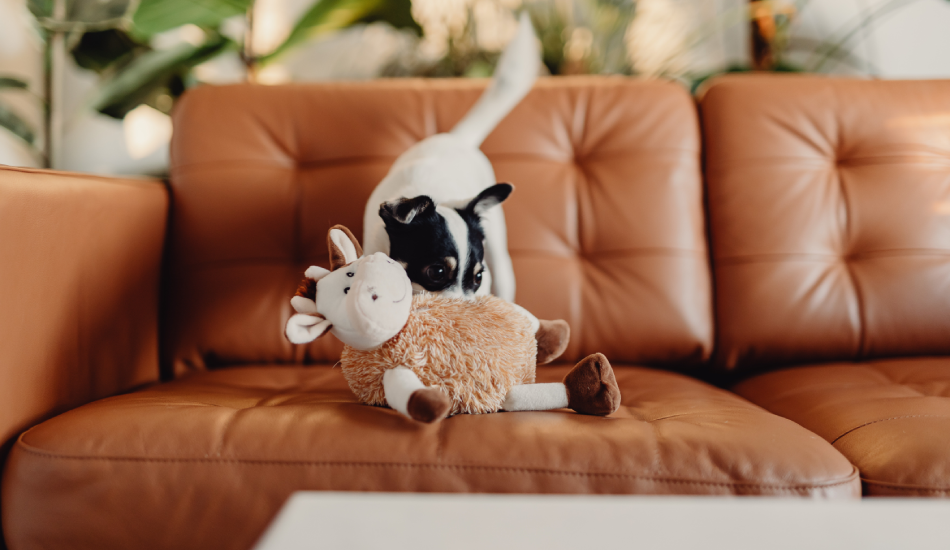


The information below is required for social login
Create New Account